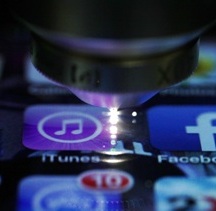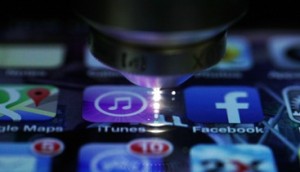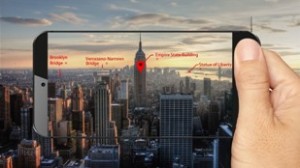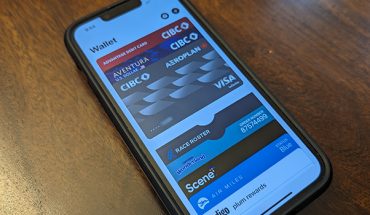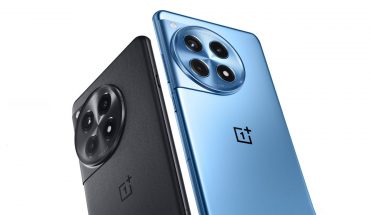Canadian high-tech engineers and researchers are ‘scratching up smartphones screens’ on purpose, to make the devices even smarter.
A team from Polytechnique Montréal has created laser-written light-guiding systems that can embed – no, not scratch – the display glass with layer upon layer of sensors, sensitive enough to take your temperature, assess your blood sugar levels, or even analyze your DNA.
They’re working at an incredibly small scale, with finely tuned lasers and now with techniques efficient enough to be developed for commercial use, so they can make high-quality display devices that interact directly with the world around them.
Using their laser system to cut into Gorilla Glass, the strong, dense glass that’s used in most smartphone displays today, they built a see-through temperature-sensing process, and a phone-authentication system, right in the screen in order to demonstrate the potential of their innovation.
“We’re opening Pandora’s box at the moment,” says Raman Kashyap, professor of electrical engineering and engineering physics at Polytechnique Montréal. “Now that this technique is viable, what remains is to invent new uses for it.”
An article published in The Optical Society’s open-access photonics journal Optics Express describes how Polytechnique’s team successfully used lasers to carve out transparent pathways called waveguides into the glass.
Those waveguides act like tunnels that channel light, the way wires convey electrical signals, and these waveguides form the basis for a variety of applications that connect with the physical world.
One is a temperature sensor with one straight and one curved waveguide. When the glass heats up, it expands and changes the effective length of the waveguides. By measuring how the light that follows the path of one waveguide compares with light from the other, the temperature of anything it touches can be determined.
To create a smartphone authentication system, Polytechnique researchers used waveguides with tiny holes at various locations. The light that escapes through these holes creates a specific pattern, unique to that arrangement. The idea is that each phone would have its own unique pattern, like a fingerprint, which could then be read by an infrared detector to confirm the identity of the phone as a potential additional layer of security.
By embedding encoded or encrypted information in waveguides, the technique opens up still more possibilities, says Jérôme Lapointe, lead researcher and doctoral student at Polytechnique Montréal.
“It’s easy to imagine how the technology could also eventually allow computing devices to be embedded into any glass surface, such as windows, tabletops, telephone screens, creating totally transparent tactile surfaces.”
Lapointe should add ‘glasses’ to the list, especially when he describes “adding a new dimension to the real world” with his waveguided surfaces, and triggering a kind of augmented reality that’s built right in to the screen and held in front of your field of vision to get information about what you’re seeing.
Polytechnique Montréal is one of Canada’s leading engineering teaching and research institutions, with an annual operating budget of over $210 million, including an $82-million research budget. It provides training in 15 engineering specialties, and has 248 professors and more than 7,500 students.
* * *
submitted by Lee Rickwood

